Related Research Articles

The Righteous Brothers are an American musical duo originally formed by Bill Medley and Bobby Hatfield but now comprising Medley and Bucky Heard. Medley formed the group with Hatfield in 1963. They had first performed together in 1962 in the Los Angeles area as part of a five-member group called the Paramours, and adopted the name The Righteous Brothers when they became a duo. Their most active recording period was in the 1960s and '70s, and, after several years inactive as a duo, Hatfield and Medley reunited in 1981 and continued to perform until Hatfield's death in 2003. The term "blue-eyed soul" is thought to have first been coined by Philadelphia radio DJ Georgie Woods in 1964 when describing the duo's music.

Robert Lee Hatfield was an American singer. He and Bill Medley were the Righteous Brothers. He sang the tenor part for the duo and sang solo on the group's 1965 recording of "Unchained Melody".

Tapestry is the second studio album by American singer-songwriter Carole King, released on February 10, 1971 on Ode Records and produced by Lou Adler. The album's lead singles, "It's Too Late" and "I Feel the Earth Move", spent five weeks at number one on both the Billboard Hot 100 and Easy Listening charts.
Philles Records was an American record label formed in 1961 by Phil Spector and Lester Sill, the label taking its name from a hybrid of their first names. Initially, the label was distributed by Jamie/Guyden in Philadelphia. In 1962, Spector purchased Sill's stock to become sole owner at 21 years of age, America's youngest label chief at the time.
"I'm Walking Behind You" is a popular song which was written by Billy Reid and published in 1953. The recording by American singer Eddie Fisher was a No. 1 hit in both the US and UK Singles charts, but it had previously been recorded by Reid's former partner, Dorothy Squires, who had a hit with the song in the UK.
Jill Gibson is an American singer, songwriter, photographer, painter and sculptor. She is mostly known for her collaboration work with Jan & Dean and for having briefly been a member of the successful 1960s rock group the Mamas and the Papas. She was also one of the main photographers at the historic Monterey Pop Festival in 1967.
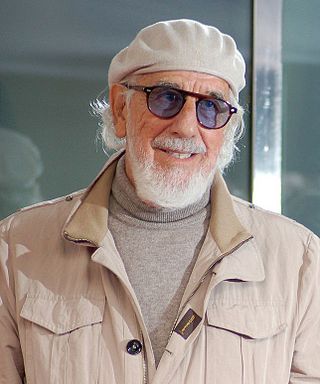
Lester Louis Adler is an American record and film producer and the co-owner of the Roxy Theatre in West Hollywood, California. Adler has produced and developed a number of high-profile musical artists, including The Grass Roots, Jan & Dean, The Mamas & the Papas, and Carole King. King's album Tapestry, produced by Adler, won the 1972 Grammy Award for Album of the Year and has been called one of the greatest pop albums of all time.
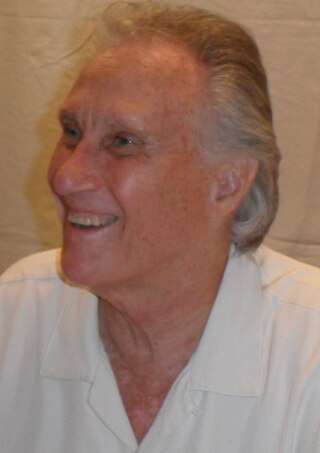
William Thomas Medley is an American singer best known as one-half of The Righteous Brothers. He is noted for his bass-baritone voice, exemplified in songs such as "You've Lost That Lovin' Feelin'". Medley produced a number of the duo's songs, including "Unchained Melody" and "(You're My) Soul and Inspiration".
"Wind Beneath My Wings" is a song written in 1982 by Jeff Silbar and Larry Henley.
Lester Sill was an American record label executive, best remembered as Phil Spector's partner in Philles Records, and also as the head of both Colpix Records and the later Colgems Records. His three sons are music supervisors in the film and TV businesses: Joel Sill, Greg Sill and Lonnie Sill. His stepson Chuck Kaye is a longtime music publishing executive.

"Creeque Alley" is an autobiographical hit single written by John Phillips and Michelle Phillips of the Mamas and the Papas in late 1966, narrating the story of how the group was formed, and its early years. The third song on the album Deliver, it peaked at number 5 on the US Billboard pop singles chart the week of Memorial Day 1967, becoming their last Top 10 hit. It made number 9 on the UK Singles Chart, and number 4 on the Australian and number 1 on the Canadian charts.
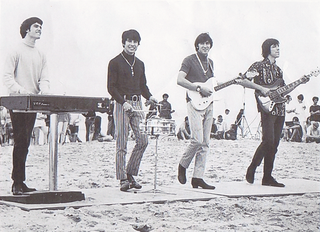
The Yellow Balloon was an American sunshine pop band, formed in Los Angeles in 1967 by songwriter and producer Gary Zekley. The group is notable for featuring Don Grady of The Mickey Mouse Club and My Three Sons fame. Other band members hailed from Oregon and Arizona. They were led by Alex Valdez, and included Frosty Green (keyboards), Don Braucht, and Paul Canella. The band at one time also included Daryl Dragon, later the male half of Captain & Tennille.
Danté and The Evergreens were an American pop group formed at Santa Monica College in California in 1959.
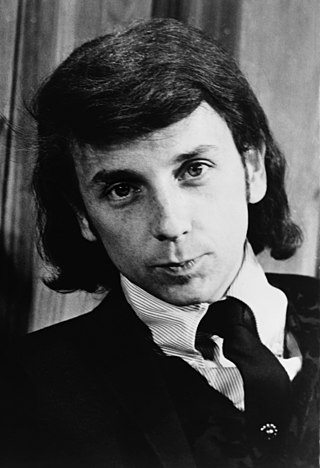
Harvey Phillip Spector was an American record producer and songwriter best known for his innovative recording practices and entrepreneurship in the 1960s and his two trials and conviction for murder in the 2000s. Spector developed the Wall of Sound, a production style that is characterized for its diffusion of tone colors and dense orchestral sound, which he described as a "Wagnerian" approach to rock and roll. He is widely regarded as one of the most influential figures in pop music history and one of the most successful producers of the 1960s.

Robert Joseph Sheen was an American rhythm and blues singer.

"Gimme Dat Ding" is a 1970 popular UK song, of the novelty type, sung by "one-hit wonder" The Pipkins, and written and composed by Albert Hammond and Mike Hazlewood. Released as a single, it is the title selection of an album which The Pipkins recorded and released on the EMI Columbia Records label. It also appeared on a compilation album of the same name, which The Pipkins shared with another up-and-coming UK group, The Sweet. It has also been included on many other compilation albums. "Gimme Dat Ding" was arranged by Big Jim Sullivan.
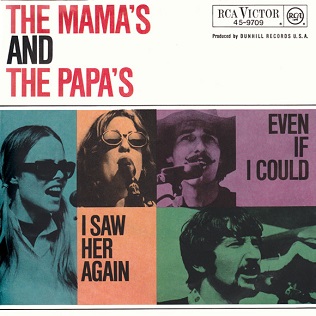
"I Saw Her Again" is a pop song recorded by the U.S. vocal group the Mamas & the Papas in 1966. Co-written by band members John Phillips and Denny Doherty, it was released as a single in June 1966 and peaked at number one on the RPM Canadian Singles Chart, number 11 on the UK Singles Chart, and number five on the Billboard Hot 100 pop singles chart the week of July 30, 1966. It appeared on their eponymous second album in September 1966.
"All for the Beatles" is a song written and released in 1964 by Harry Nilsson and John Marascalco. It was released as a single with the alternative title "Stand Up and Holler" under Nilsson's pseudonym Foto-Fi Four and was packaged with a synchronized standard 8 mm film of The Beatles first arriving in the United States in 1964.

"Only Sixteen" is a song by American singer-songwriter Sam Cooke, released in May 1959. It was a top 15 hit on Billboard's Hot R&B Sides chart and also charted within the top 30 of the Billboard Hot 100 and the UK Singles Chart. In the UK it was covered, and taken to No. 1, by Craig Douglas.
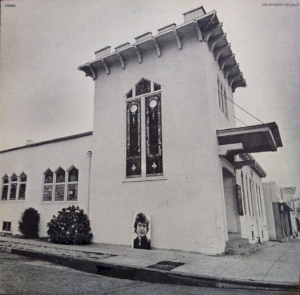
Dylan's Gospel is the only studio album by The Brothers & Sisters of L.A., a group of vocalists working as session musicians in the Los Angeles, California area during the album's recording in June 1969. The Brothers & Sisters of L.A. was organized by Lou Adler specifically to record the album, which consists of gospel music-style covers of Bob Dylan songs. Members of the group included Merry Clayton and Gloria Jones. The album was first released in 1969 by Adler's own Ode Records label. It was initially a commercial flop, which convinced Adler not to reunite the Brothers and Sisters of L.A. for another performance. It was reissued by Light in the Attic Records on April 1, 2014.
References
- 1 2 3 4 Leszczak, Bob (2014). Encyclopedia of Pop Music Aliases, 1950-2000. Rowman & Littlefield. pp. 5–6. ISBN 9781442240087.
- 1 2 Ankeny, Jason. "The Alley Cats - Biography". AllMusic. Retrieved February 4, 2015.
- 1 2 3 Rosalsky, Mitch (2002). Encyclopedia of Rhythm & Blues and Doo-Wop Vocal Groups. Scarecrow Press. p. 6. ISBN 9780810845923.
- ↑ Hoskyns, Barney (2009). Waiting for the Sun: A Rock 'n' Roll History of Los Angeles. Hal Leonard Corporation. p. 55. ISBN 9780879309435.
- ↑ Whitburn, Joel (2000). Top Pop Singles 1955-1999. Menomonee Falls, Wisconsin: Record Research, Inc. p. 11. ISBN 0-89820-139-X.